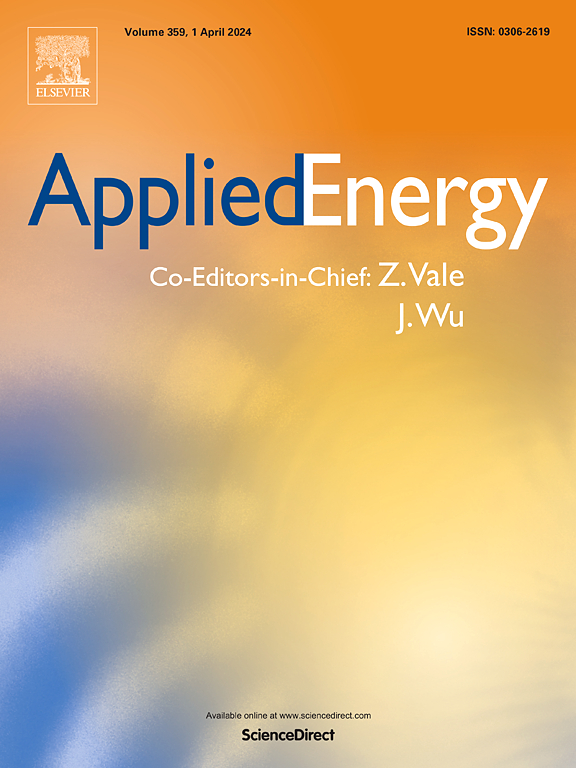A physics-based and data-aided transient prediction framework for sustainable operation of pumped-storage hydropower systems
IF 10.1
1区 工程技术
Q1 ENERGY & FUELS
引用次数: 0
Abstract
Achieving accurate predictions of transient processes for pumped-storage hydropower stations (PSHSs) remains a key challenge due to uncertainties in on-site parameters, particularly the pump-turbine characteristic curves (PTCCs), and limitations of the physics-based models themselves. To address this issue, this study proposes a transient prediction framework for PSHSs, centered on on-site measurements and incorporating both the physics-based model calibration and the data-aided correction. A method for reconstructing PTCCs using point distribution models (PDMs) is proposed, where PDMs act as prior models and are innovatively developed by defining multiple feature points on PTCCs to accommodate potential non-rigid deformations. This approach allows the reconstruction of complete PTCCs using a surface reconstruction algorithm, requiring only limited measured data from steady-state and transient experiments. To further compensate for errors in the physics-based model, a data-aided correction using nonlinear autoregressive with exogenous inputs (NARX) is proposed. The NARX model is optimally tuned by selecting the most sensitive model inputs which have the highest correlations with the predicted error of the physics-based model. Compared with the conventional model, the proposed framework reduces the predicted tendency errors for discharge, pressure at the volute, pressure at the draft tube, and rotational speed by average values of 10.82 %, 13.88 %, 36.67 %, and 7.37 %, respectively, across all experimental cases. The proposed transient prediction framework enables highly accurate predictions for a diverse range of transient processes of PSHSs and serves as a pre-warning basis for real-time monitoring systems, facilitating the sustainable operation of PSHSs.
求助全文
约1分钟内获得全文
求助全文
来源期刊

Applied Energy
工程技术-工程:化工
CiteScore
21.20
自引率
10.70%
发文量
1830
审稿时长
41 days
期刊介绍:
Applied Energy serves as a platform for sharing innovations, research, development, and demonstrations in energy conversion, conservation, and sustainable energy systems. The journal covers topics such as optimal energy resource use, environmental pollutant mitigation, and energy process analysis. It welcomes original papers, review articles, technical notes, and letters to the editor. Authors are encouraged to submit manuscripts that bridge the gap between research, development, and implementation. The journal addresses a wide spectrum of topics, including fossil and renewable energy technologies, energy economics, and environmental impacts. Applied Energy also explores modeling and forecasting, conservation strategies, and the social and economic implications of energy policies, including climate change mitigation. It is complemented by the open-access journal Advances in Applied Energy.
 求助内容:
求助内容: 应助结果提醒方式:
应助结果提醒方式:


